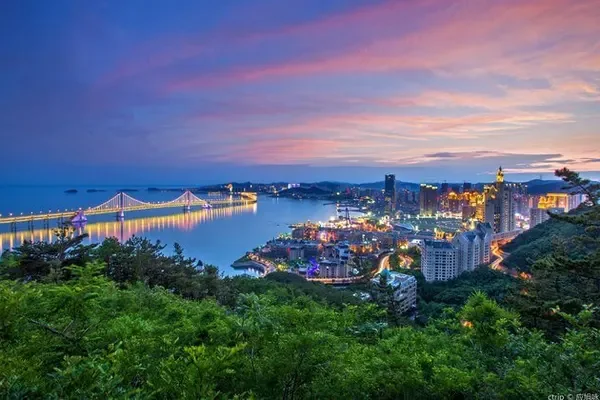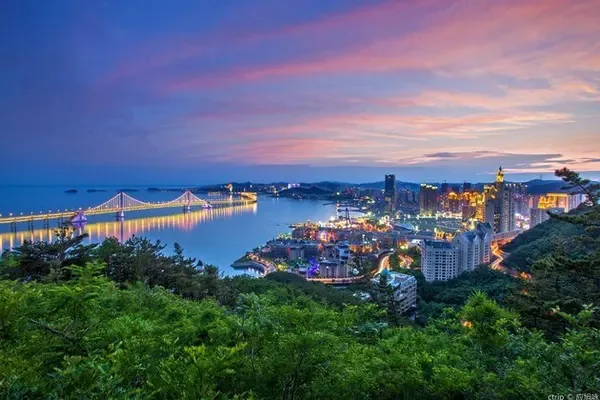"The country of Agni is more than 600 miles from east to west, and 400 miles from north to south. The capital of the country is seven miles on Saturdays, surrounded by mountains, and the roads are dangerous and easy to defend. The springs and streams intersect, and the water is diverted into fields. There are more than 2,000 monks and disciples, learning the Hinayana teachings and saying that everything has a department..."——Xuanzang·Bianji "Da Tang Western Regions" Volume 1
The country of Agni, present-day Yanqi and Korla, is the first country that Master Xuanzang recorded in detail at the beginning. In fact, the master did not receive due courtesy in the Agni country, because there were too many grievances and grievances between the Gaochang country where he swore his brother and the Agni country, so that the king of Agni refused to exchange horses for him. The master only stayed in the country of Agni for one night, and regretfully left in a hurry.
The grand occasion of Buddhism that the master saw back then is gone forever. About 30 kilometers northwest of Yanqi County, there is a place that preserves many ancient Buddhist sites, called Qige Xingfo Temple (Thousand Houses in Uighur), which consists of two temple sites in the south and north and a small group of grottoes . When I got there, the door was actually closed, and a notice was posted on the gate, closing the museum indefinitely. Hey, I had to walk around the outer wall of the temple, took a few photos outside the wall, and left with a little regret up. Fortunately, when I visited the Bazhou Museum the next day, I saw some pictures and real objects in the temple.






(Internet picture. The statue is in the collection of the Museum of Indian Art in Berlin)
Bogdaqin Old City (Magnificent and tall city wall in Uighur) is located in the east of Sishilibao Township, Yanqi County, and was once the capital of Yanqi State. After bumping for a long time on the sparsely populated country road, the driver Xiaoan told us that we are here, are we here? you sure? Nothing but weeds. Climbing up a small soil slope (actually the base of the city wall), you can see desolation everywhere, patches of pure white saline-alkali land, clumps of camel thorns, and only a rectangular wall with a circumference of about 3 kilometers above the ground. Base, it can be vaguely seen that this is the old city, the ruthless years have crushed Bogdaqin to dilapidated condition, the weeds attract the sheep, and the moat under the base of the city has become a stream for the sheep to drink. I pointed to the place that looked like a city gate in the distance and asked the old herdsman how to drive there. He gestured for a long time, but I couldn't understand it, and finally gave up regretfully.








Bosten Lake was called "West Sea" in ancient times. To its east is the hot Turpan Basin, and to its south is the arid Tarim Basin. In such a desert, my country's largest inland freshwater lake was born. Here, there is long yellow sand on one side and sparkling water on the other side. The lake is accompanied by reeds, and egrets appear from time to time. It is a pity that spring is not the most beautiful season here. It is said that in summer, this is the world of wild water lilies. Thousands of acres of lotus bloom quietly in the midst of the Taklimakan Desert; There are white reed flowers; in winter, the lake is frozen for thousands of miles, smooth like a mirror, showing the scenery of the Northland. Bosten Lake uses desert, lake water, snow-capped mountains, oasis, blue sky, and flying birds to draw its own landscape painting. It is so beautiful that it becomes desolate. Farewell, Bohu!












Unfortunately, the Korla Gamai Mosque is closed again. In fact, when I approached the mosque where the stars and the moon hung high, I just wanted to see with my own eyes those believers wearing white hats kneeling on the carpet and praying westward. The verses that Allah is chanting, although I don't understand anything.



The Luobu people are a branch of the Uyghur nationality. They live by the small lake on the Tarim River. The most famous Rob people in history is Aldek. In 1900, under his leadership, the famous explorer Sven Hedin found the ancient city of Loulan. In 1934, when the Swedish archaeologist Bergman inspected Lop Nur in Xinjiang, It was also with the help of Oldeke that the Xiaohe cemetery was discovered.
In the village of the Rob people, there are various original Populus euphratica forests in different poses and with different expressions. The meandering Tarim River passes through the village, and the Taklamakan Desert stretches as far as the eye can see. Unfortunately, the Populus euphratica forest only belongs to autumn, and it only shows its due splendor on the background of autumn. color.






D4. Heshuo-Bosten Lake, Seven Star Buddha Temple, Bogdaqin Old City. Stay in Korla
D5. Korla-Luobu Village, Bazhou Museum, Tuanjie Road Grand Mosque. Stay in Korla

